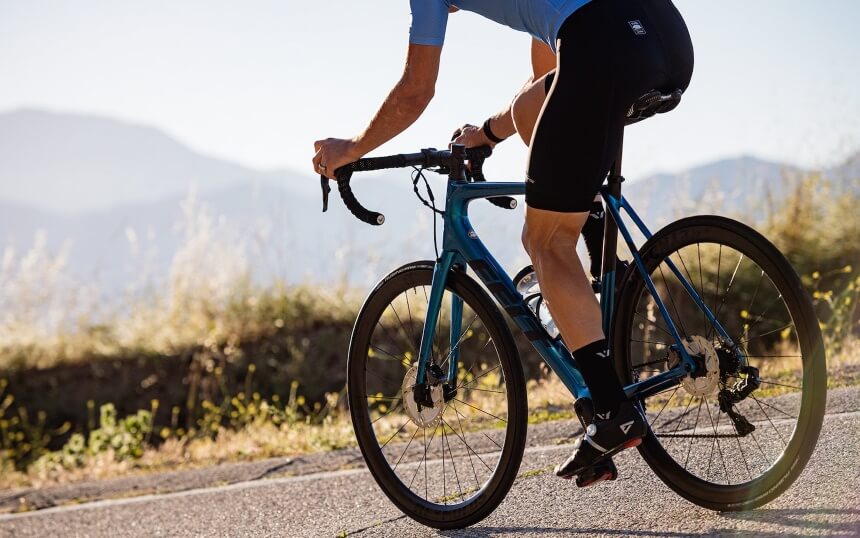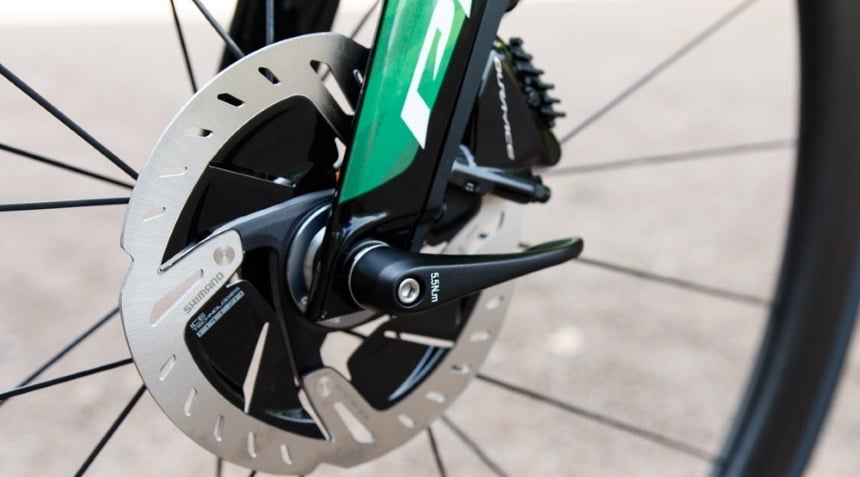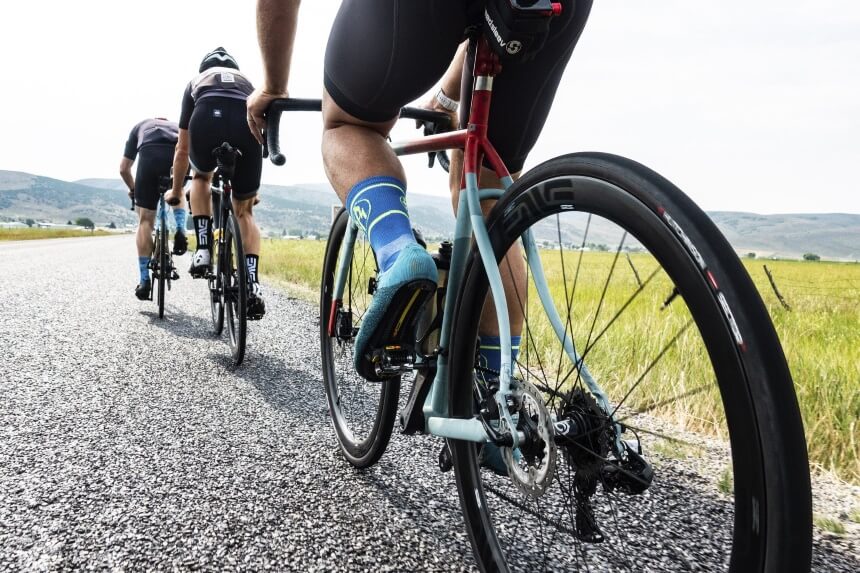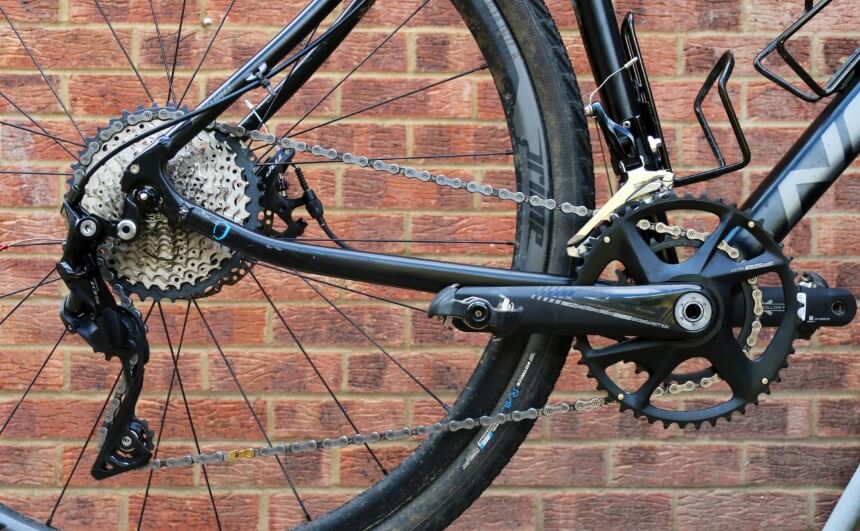- Trails
-
Bikes
-
Gear
-
Tips & Tricks
-
About us


Biking, as a hobby, is getting more widespread – according to the BBC, more than 100 million bicycles are produced in the world each year Trusted Source How is a bicycle made? The gears, wheels, tyres, frames and brakes of a bicycle all come together through an intricate network of international trade. www.bbc.com . This phenomenon is quite understandable if you ask me; apart from riding for fun, cycling substantially lowers the risk of heart disease and cancer Trusted Source Cycling to work means better health and a longer life. Here’s how to get started. - The Washington Post A British medical journal published a study this spring that seemed to confirm what dedicated bicyclists had long suspected: Commuting on two wheels is really, really good for your health. www.washingtonpost.com . That’s not all; this article also explores other health benefits of cycling. With this increase in popularity, manufacturers have to produce increasingly specialized bikes to cater to the various needs of bikers.
These days, the all-purpose bikes are starting to dwindle and quickly emerging in their place, the specialized bikes which are generally classified into; lightweight for mountain biking, aerodynamic for speed, and endurance for comfort. There are also hybrid bikes that combine key features from two or more bike classes, such as this Vilano Diverse 3.0 Performance Hybrid Road Bike.
This article mainly focuses on endurance bike vs. road bike (you can read the comparisons of a mountain bike and a road bike here), as it tries to compare both and highlight existing differences. With this guide, you understand both bikes, the strengths and weaknesses that come with each of them, and how to pick one suitable for you; very helpful for a newbie trying to pick between them. You should also check this list of cheap bikes for beginner cyclists. When comparing endurance and race bikes, the key points to note are; geometry, gearing, braking, comfort, and clearance – it is along these lines that we would try to differentiate between the two.

Race bikes are known to have an “aggressive” frame geometry that tries to be as smooth as possible in the wind. This entails a lower front end; to reduce a rider’s frontal profile, and in turn, the drag generated. Though, they can always be adjusted so the rider is upright – check out how to adjust the handlebars on your race bike here. They also feature shorter head tubes – usually under 140mm – which allow for sharp and precise maneuvers.
The head tube is the tubular frame protruding upwards from the front wheel and holding the steering axis – for the sake of the newbies.

Until recently, race bikes were restricted from using disc brakes according to the regulations of the Union Cycliste Internationale – the governing body of the sport. At present, there has been a gradual transition from caliper brakes to the more powerful disc brake.
While it is not the general rule, race bikes have larger gear ratios. This means a 53T large chainring and a 39T small chainring on the front crankset and an 11 or 12 to 25-tooth rear cassette. The 53/39 chainset allows for high speeds on flat roads, while the tooth rear cassette ensures that the gears shift more easily.
It is important to note, though, that most of the race bikes available to the public would come with smaller gear ratios since we won’t need to reach the high speeds of professional cyclists anyways.
The tire clearance is usually measured in relation to something, and it is the amount of air space between the tire and any other part of the bike – usually the fenders or (rim) brakes in some cases. A race bike’s tire clearance can usually accommodate tires of widths between 23 – 25mm, and can even go as high as 28mm sometimes. Of all bike types, race bikes have the narrowest tires – for reduced weight and improved aerodynamics because, you know… riders are trying to win a race.
Race bikes are not exactly what you’d call comfortable. As you may have learned (since I’ve probably hammered the fact continuously), all parts of the bikes are designed to maximize one thing – speed. If you are just a casual rider, you might find a race bike punishing on the body – even the professionals must constantly train to ride those beauties as long as they do.

Some claim that endurance bikes are way slower than race bikes. So how much slower are endurance bikes? I beg to differ; with appropriate tricking, it can be almost as fast. Besides, what it lacks in speed, it makes up for in convenience and versatility. As seen previously, we would discuss these bikes on the same benchmarks. Let’s take a closer look at “what is endurance bike”?
This is a key distinguishing feature of endurance bikes. Endurance bike geometry is featured a higher front end, and as such, the rider is in a more relaxing upwards position. They sport features like a longer head tube and wheelbase, increased frame stack, and reduced frame reach. These make for a less “aggressive” geometry, suitable for those who cannot deal with the awkward position demanded by race bikes.
Unlike racing bikes, enduring bikes all use (for the most part anyways) disc brakes. These are powerful brakes that are less affected by external conditions.

Sportive bikes usually come with “compact” or “mid-compact” gear ratios, with each indicating a 50T large chainring and a 34T small chainring and a 52T large chainring, and a 36T small chainring on the front crankset on the front crankset, respectively. Both of these allow the bike to negotiate an uphill climb better.
The rear cassette may also be equipped with lower gear options, like a 27 – 32 tooth cog.
Sportive bikes’ clearance usually allows for tires between 25-32mm. Wider tires provide a more cushioning effect from cycling, boosting comfort. Specialized endurance bikes can even fit much wider 32-35mm tires. Since they are not primarily focused on speed and lightness, they can afford to have bigger tires.
Need I say more? From the geometry to the tire widths, all components are designed with the priority of the rider’s comfort in mind. These bikes put less strain on the back, meaning longer and more comfortable rides.
I say it all depends on your skill level and what you want the bike for. If you are still a bit wet behind the ears in cycling, you might find that an endurance bike is the better choice of both. If you are also just looking for something you can take on a leisurely ride or touring around places, endurance bikes are a great choice, too – their design and features are perfect for long, pleasant rides without too much stress on your back or bum.
On the other hand, if you are a bit more experienced and are looking for something faster – perhaps practicing to be a professional, a racing bike is for you. Check out this Trinx TEMPO1.0 700C Road Bike Shimano 21 Speed Racing Bicycle – maybe it is just what you are looking for.
I hope this endurance bikes vs. road bikes article has been able to help you make an informed decision. To recap, both bikes come with features in their design that highlight their primary purpose – lightness and aerodynamics for speed in racing bikes and broader tires with less aggressive geometry for comfort in endurance bikes. Biking is a healthy pastime, and if you just recently picked up cycling, good for you! Apart from the fact that they are cheaper to maintain than cars Trusted Source The Costs and Savings of Bicycle Commuting For the past two years, I’ve been riding a bicycle to work. Mostly because I’m cheap. My commute is a 12-mile round trip along residential streets with a nice downhill stretch that leads me into the parking lot of the school where I work. I’ve made this trip in 100-degree weather, in fog, and in rain. I’ve managed to survive pot holes, stray dogs, and the social stigma attached to wearing clothing that looks like it came straight out of an X-Men comic book. www.forbes.com , they emit no gases and are safe for the environment. Whether you eventually pick the race bikes or the endurance bikes, the important thing is that you have fun. Just make sure you keep yourself safe with the appropriate equipment.